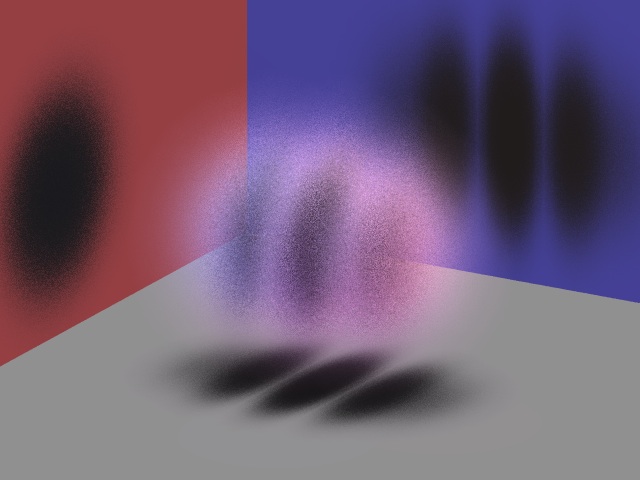Cold Gases
Background
At room temperatures the behavior of a gas of atoms is dominated by their random thermal motion. Averaged over time this gives simple descriptions in terms of thermodynamic variables such as Temperature and Pressure. As the temperature is lowered, this thermal motion is reduced. The Heisenberg uncertainty principle prevents the atoms from coming to a stop. Instead, at nanokelvin temperatures, quantum mechanics dictates the properties of these atomic gases. We study this strange and beautiful form of quantum matter.
Basic Physics of Cold Gases
It seems silly to write too much here. Instead we recommend that you look at some of the wonderful (interactive) essays on the subject which are already on the web:Resources
These are a bit more technical, but are very useful.- Ultracold Atom News: The site for all your ultracold atom information
- Center for Ultracold Atoms is a joint venture between MIT and Harvard. Has links to the home pages of almost all cold-gas researchers at MIT and Harvard.
- Istituto Nazionale per la Fisica della Materia Bose-Einstein Condensation in Trento Italy has a large concentration of theory on cold atoms.
- JILA [formerly the Joint Institute for Laboratory Astrophysics -- a collaboration between NIST (National Institute for Standards and Technology) and the University of Colorado)] has one of the highest concentrations of cold gas research in the country.
- Randy Hulet runs one of the premier cold atoms experimental groups from Rice University in Texas
